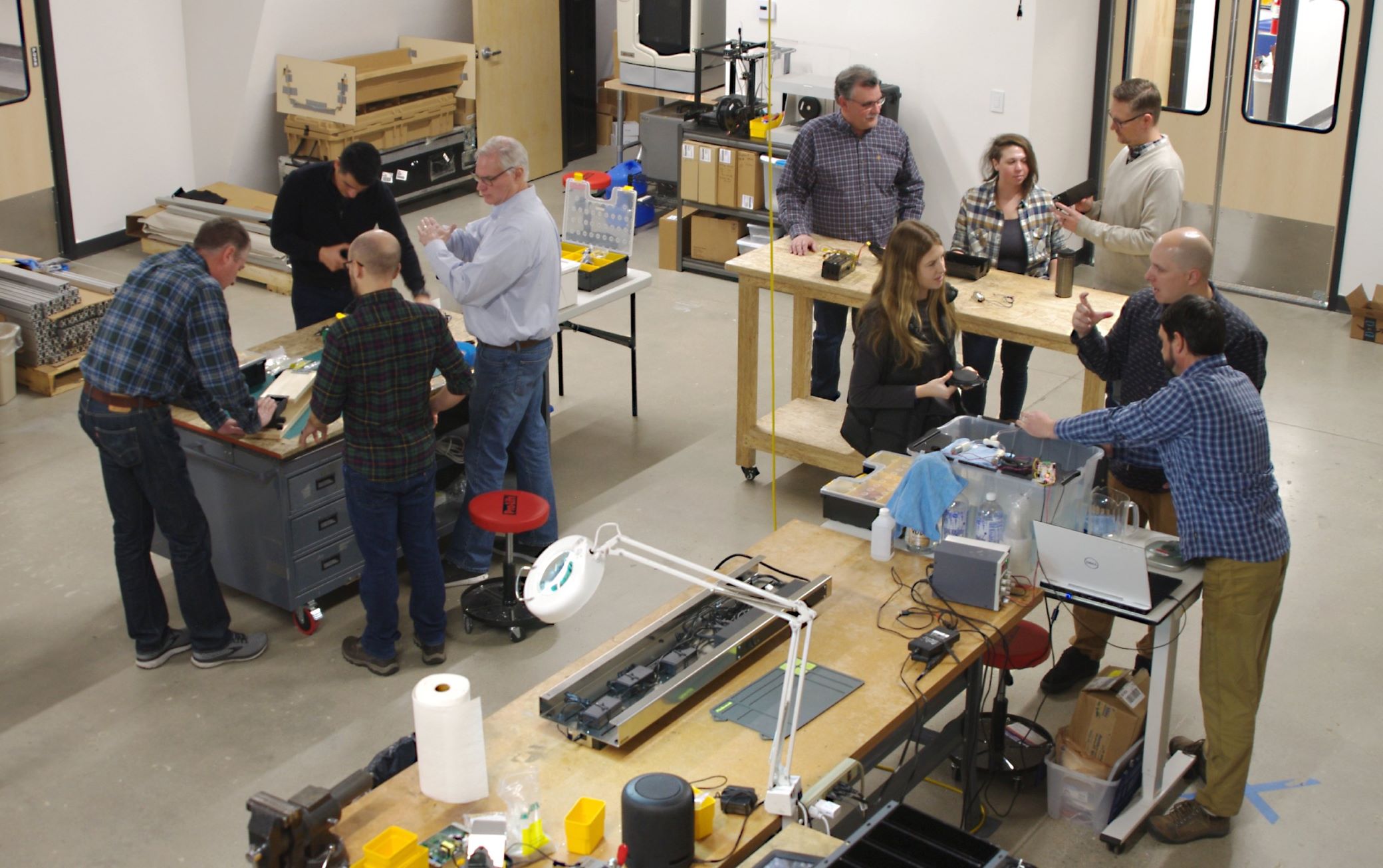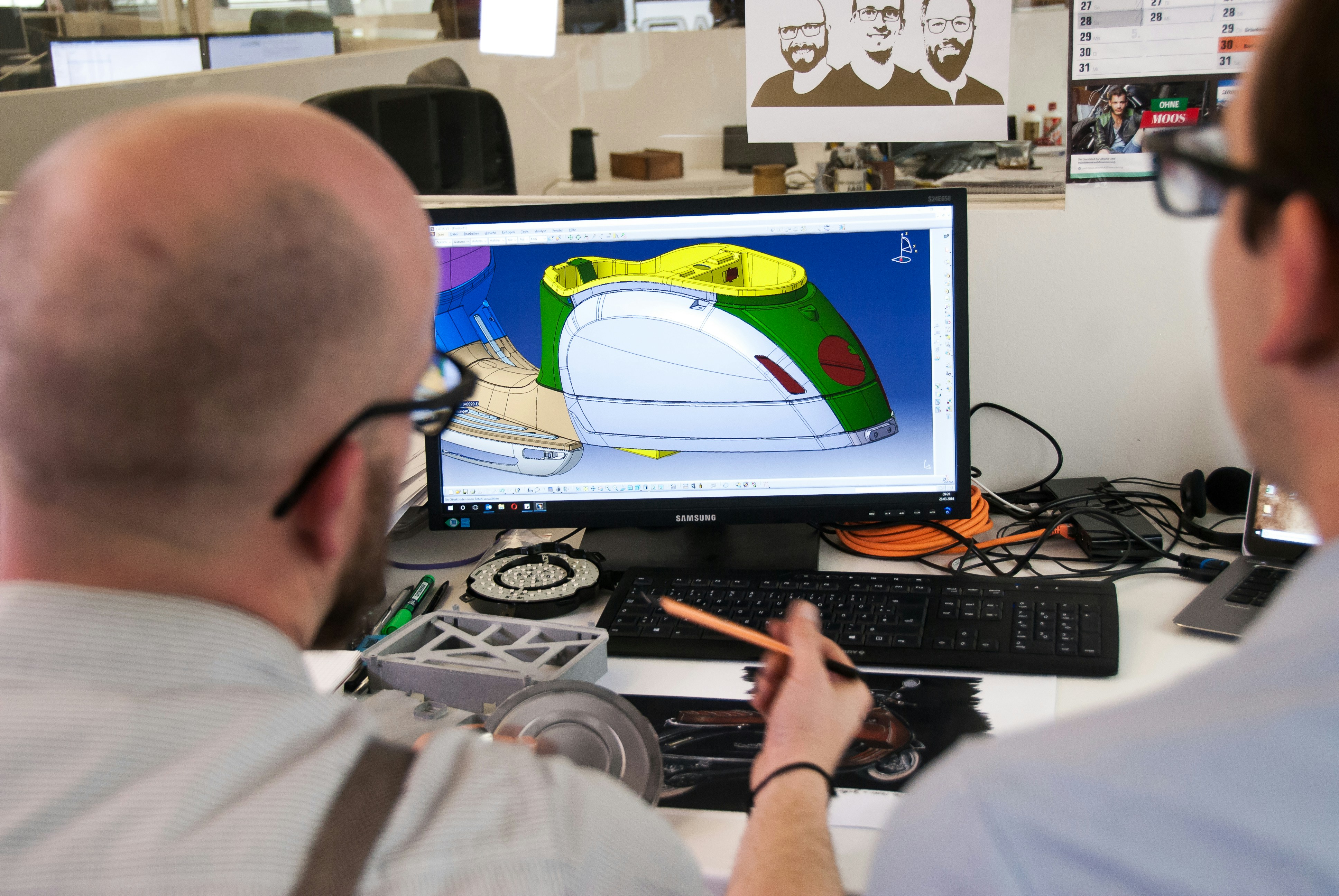In today's fast-paced and highly competitive product development landscape, companies are constantly seeking ways to streamline their processes, reduce costs, and bring innovative products to market faster. One powerful tool that has emerged as a game-changer in this pursuit is virtual prototyping. By leveraging advanced simulation and modeling techniques, virtual prototyping enables product development teams to create, test, and refine their designs in a digital environment, long before any physical prototypes are built. This approach offers numerous benefits, from accelerating development cycles to minimizing the risk of costly failures.
Understanding Virtual Prototyping
At its core, virtual prototyping is the process of creating a digital representation of a product or system, which can be used to simulate its behavior and performance under various conditions. This digital model incorporates all the relevant physical properties, such as geometry, materials, and interactions between components, allowing engineers to predict how the product will function in the real world.
Virtual prototyping encompasses a range of techniques, including:
- Computer-Aided Design (CAD): CAD software is used to create detailed 3D models of individual components and assemblies, forming the foundation for virtual prototyping.
- Finite Element Analysis (FEA): FEA is a numerical method that breaks down a complex system into smaller, simpler elements, allowing engineers to analyze stress, strain, and deformation under various loading conditions.
- Computational Fluid Dynamics (CFD): CFD simulations help predict fluid flow, heat transfer, and other related phenomena, which is crucial for designing products that interact with fluids, such as pumps, valves, or aerodynamic surfaces.
- Multi-physics Simulation: Multi-physics simulation combines multiple physical phenomena, such as structural mechanics, fluid dynamics, and electromagnetics, to provide a comprehensive understanding of a product's performance.
By integrating these techniques into the product development process, companies can gain valuable insights into their designs, identify potential issues early on, and make informed decisions to optimize performance and reliability.
The Benefits of Virtual Prototyping
Virtual prototyping offers a wide range of benefits that can significantly improve the product development process:
- Faster Iteration: With virtual prototyping, designers can quickly modify and test their designs in a digital environment, without the need for time-consuming and costly physical prototyping. This allows for rapid iteration and optimization, ultimately leading to better products in less time.
- Cost Reduction: By minimizing the need for physical prototypes, virtual prototyping can significantly reduce material and manufacturing costs associated with traditional prototyping methods. This is particularly valuable for complex or large-scale products, where physical prototypes can be extremely expensive to produce.
- Improved Product Quality: Virtual prototyping allows engineers to thoroughly test and validate their designs under a wide range of operating conditions, including extreme scenarios that may be difficult or dangerous to replicate with physical prototypes. This leads to more robust and reliable products that are less likely to fail in the field.
- Enhanced Collaboration: Digital models can be easily shared and reviewed by team members across different locations, fostering better collaboration and communication throughout the product development process. This helps ensure that all stakeholders are aligned and working towards a common goal.
- Reduced Time-to-Market: By streamlining the design and testing process, virtual prototyping can significantly reduce the overall time required to bring a product to market. This is crucial in today's competitive landscape, where being first to market can mean the difference between success and failure.
Implementing Virtual Prototyping in Your Product Development Process
To successfully integrate virtual prototyping into your product development process, consider the following steps:
- Identify Key Areas for Virtual Prototyping: Determine which aspects of your product design would benefit most from virtual prototyping, such as complex assemblies, critical components, or areas with high risk of failure.
- Invest in the Right Tools and Expertise: Ensure that your team has access to the necessary software tools and training to effectively leverage virtual prototyping techniques. This may involve partnering with external experts or investing in in-house talent development.
- Establish a Structured Workflow: Develop a clear and structured workflow that integrates virtual prototyping into your existing product development process. This should include well-defined roles and responsibilities, as well as guidelines for data management and version control.
- Validate with Physical Testing: While virtual prototyping can provide valuable insights, it's important to validate your designs with physical testing at key milestones. This helps ensure that your digital models accurately represent real-world performance and can help identify any discrepancies or limitations in your virtual prototyping approach.
- Continuously Improve: As with any process, it's important to continuously monitor and improve your virtual prototyping practices. Regularly review your results, gather feedback from your team, and seek opportunities to refine your approach and incorporate new technologies or best practices.
Real-World Applications of Virtual Prototyping
Virtual prototyping has been successfully applied across a wide range of industries, from automotive and aerospace to consumer products and medical devices. Some notable examples include:
- Automotive Industry: Car manufacturers use virtual prototyping extensively to design and test new vehicles, from evaluating aerodynamics and crashworthiness to optimizing powertrain performance and fuel efficiency. This has led to safer, more efficient, and more innovative vehicles reaching the market faster than ever before.
- Aerospace Industry: Virtual prototyping is critical in the aerospace industry, where the cost and complexity of physical prototyping can be prohibitive. Companies use advanced simulation techniques to design and test everything from aircraft structures and engines to satellite systems and space vehicles, ensuring the highest levels of performance and reliability.
- Medical Device Industry: Virtual prototyping is increasingly being used in the development of medical devices, such as implants, surgical instruments, and diagnostic equipment. By simulating the interaction between devices and human anatomy, engineers can optimize designs for safety, efficacy, and patient comfort, while reducing the need for animal or human testing.
- Consumer Products: From smartphones and household appliances to sporting goods and toys, virtual prototyping is being used to design and refine a wide range of consumer products. By simulating product performance and user interactions, companies can create products that are more functional, durable, and user-friendly, while reducing development costs and time-to-market.
The Future of Virtual Prototyping
As technology continues to advance, the capabilities of virtual prototyping are only expected to grow. Some of the key trends and developments to watch include:
- Increased Automation and AI Integration: Advances in artificial intelligence and machine learning are enabling more automated and intelligent virtual prototyping processes, such as generative design and predictive analytics. This will allow engineers to explore a wider range of design options and identify optimal solutions faster than ever before.
- Immersive Visualization and Collaboration: The rise of virtual and augmented reality technologies is transforming the way engineers interact with their digital models. Immersive visualization tools allow teams to explore and manipulate designs in a more intuitive and collaborative way, leading to better communication and faster decision-making.
- Integration with Digital Twins: Virtual prototyping is becoming increasingly integrated with the concept of digital twins, which are virtual representations of physical assets that are continuously updated with real-world data. By combining virtual prototyping with digital twin technology, companies can create more accurate and dynamic models that can be used to optimize product performance throughout its entire lifecycle.
- Expansion into New Industries: As virtual prototyping technologies become more accessible and user-friendly, they are being adopted by a growing number of industries, from construction and infrastructure to energy and utilities. This will lead to new applications and use cases, driving further innovation and growth in the field.
Conclusion
Virtual prototyping is a powerful tool that is transforming the way products are designed, tested, and brought to market. By leveraging advanced simulation and modeling techniques, companies can create better products faster, while reducing costs and minimizing the risk of failure. As technology continues to evolve, the potential of virtual prototyping will only continue to grow, enabling companies to push the boundaries of innovation and deliver truly groundbreaking products to their customers.
Whether you're a seasoned product development professional or just starting to explore the possibilities of virtual prototyping, one thing is clear: this technology is here to stay, and those who embrace it will be well-positioned to succeed in the future of product development. By investing in the right tools, talent, and processes, and continuously refining your approach, you can harness the power of virtual prototyping to drive innovation, improve quality, and accelerate your time-to-market. The future of product development is digital, and virtual prototyping is leading the way.





